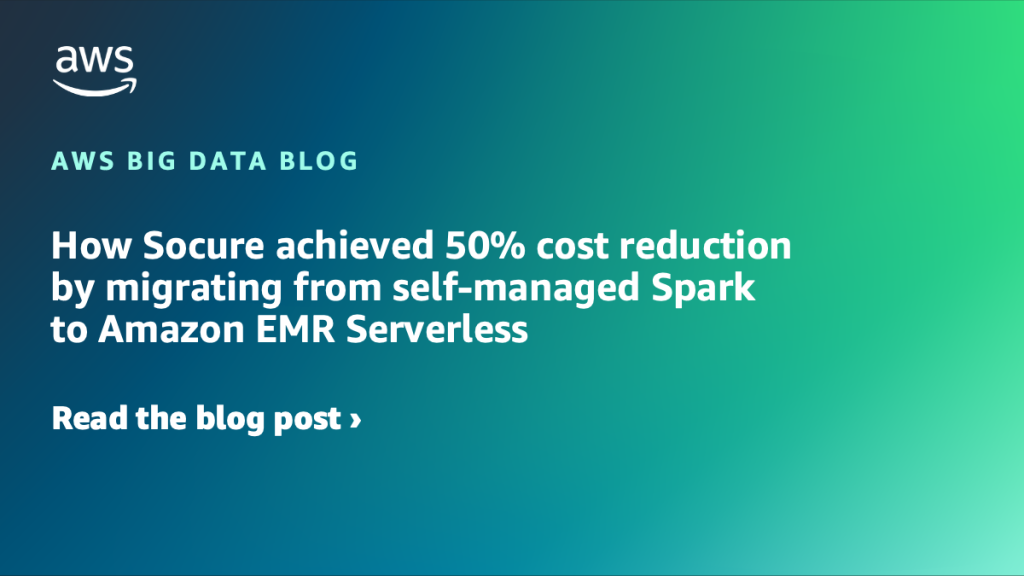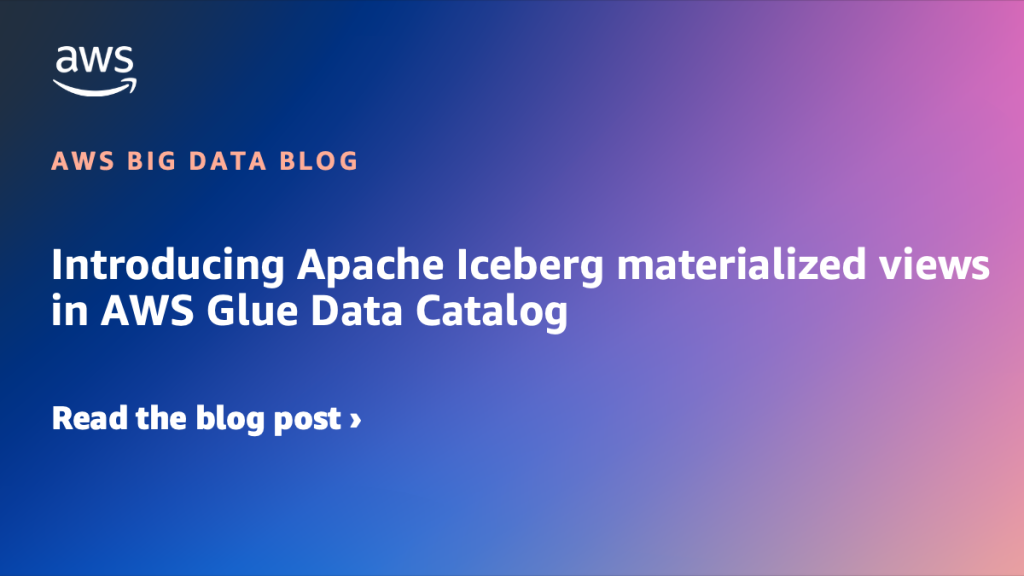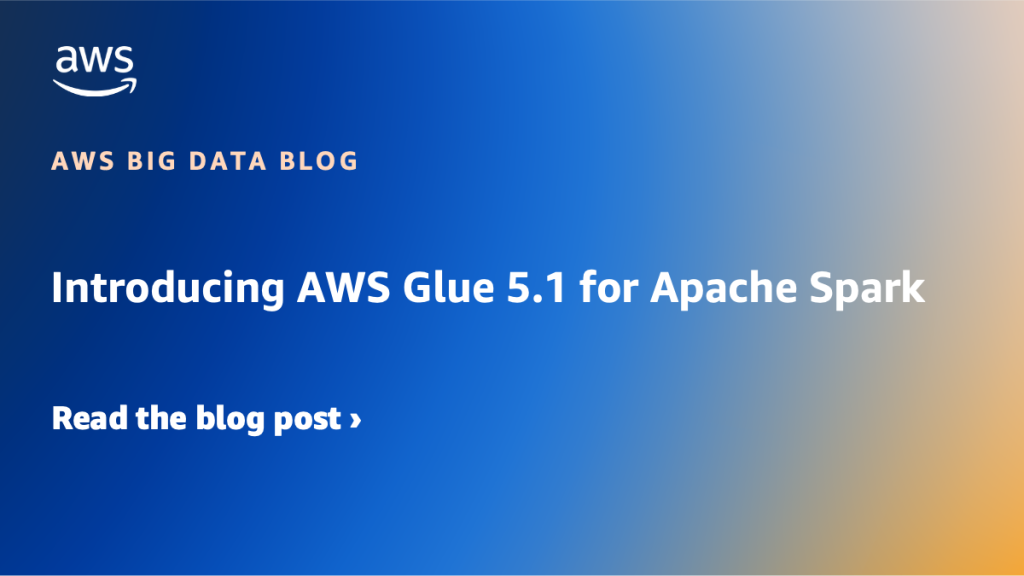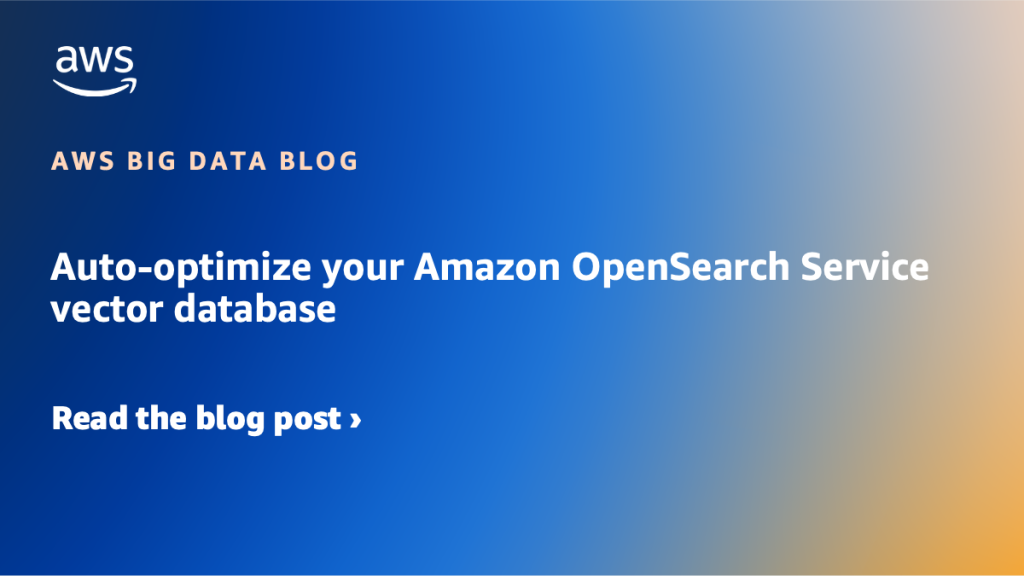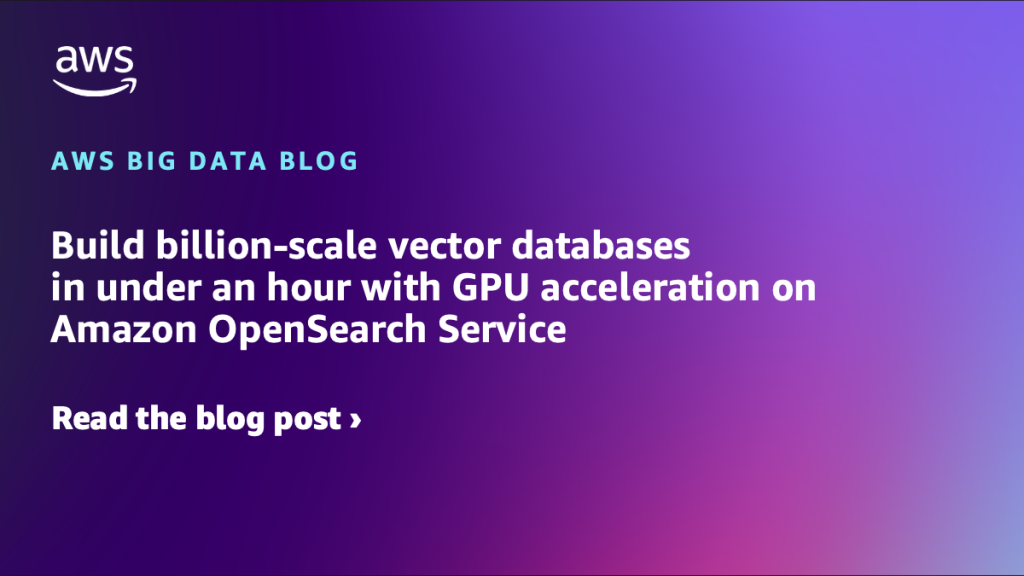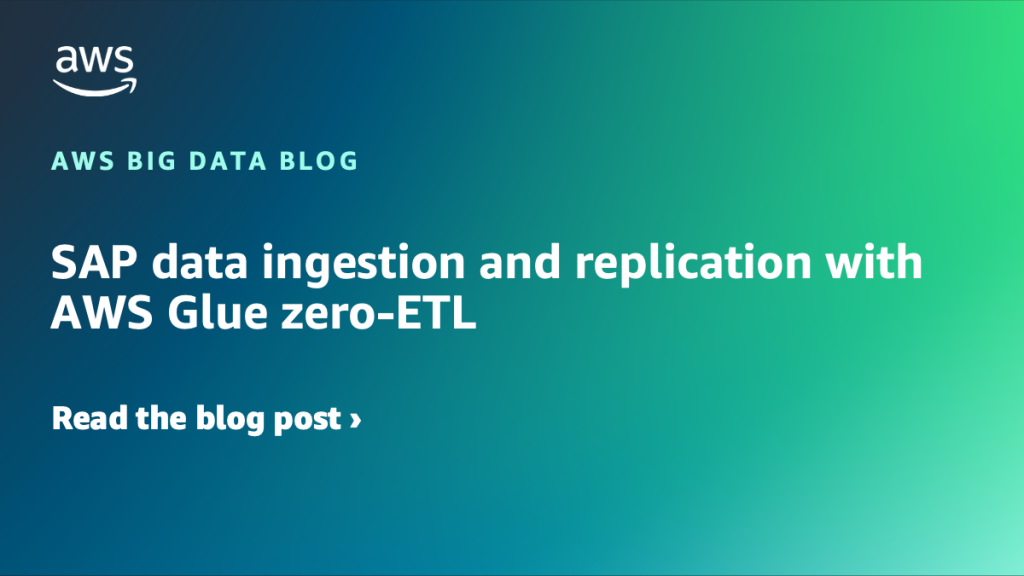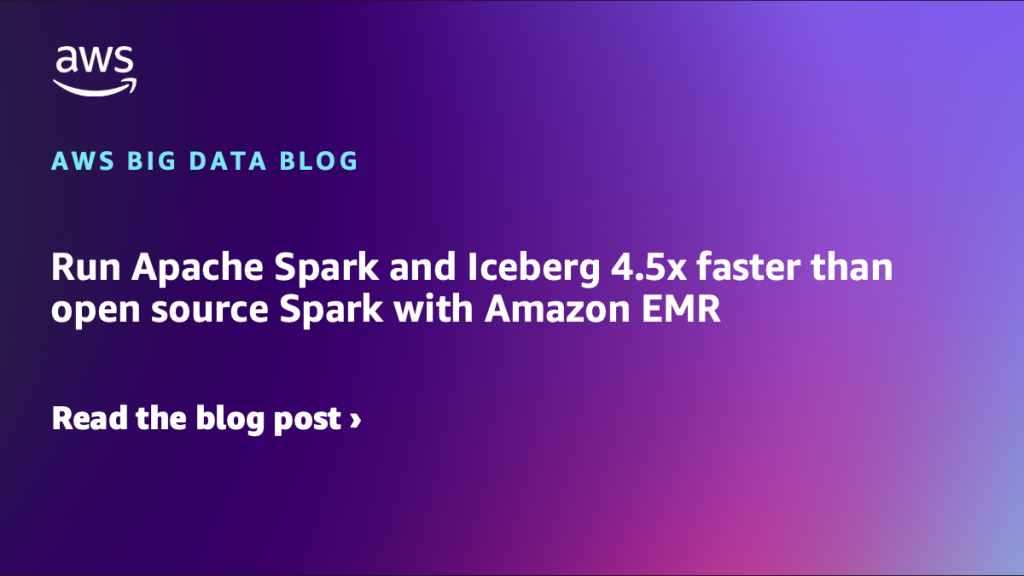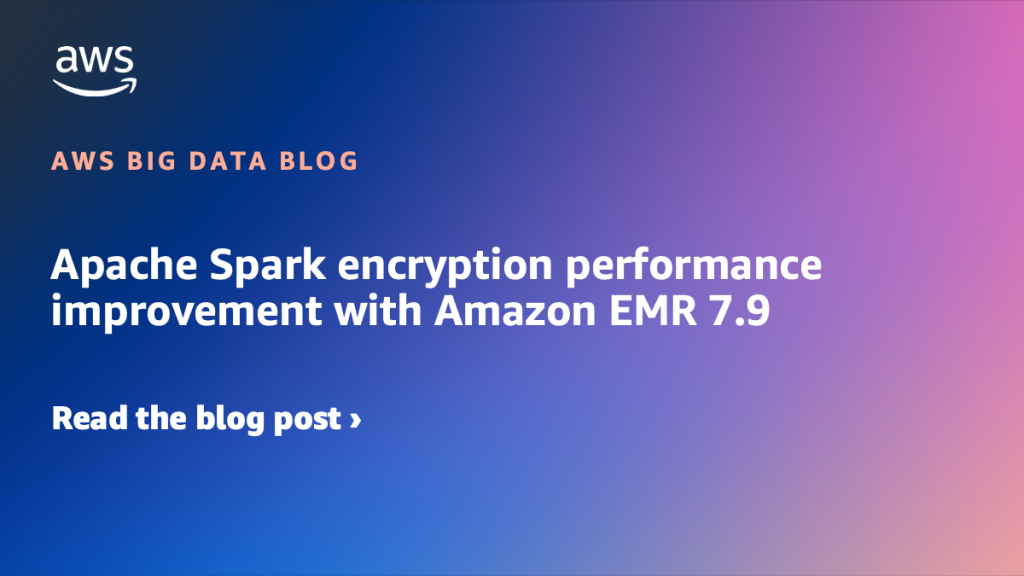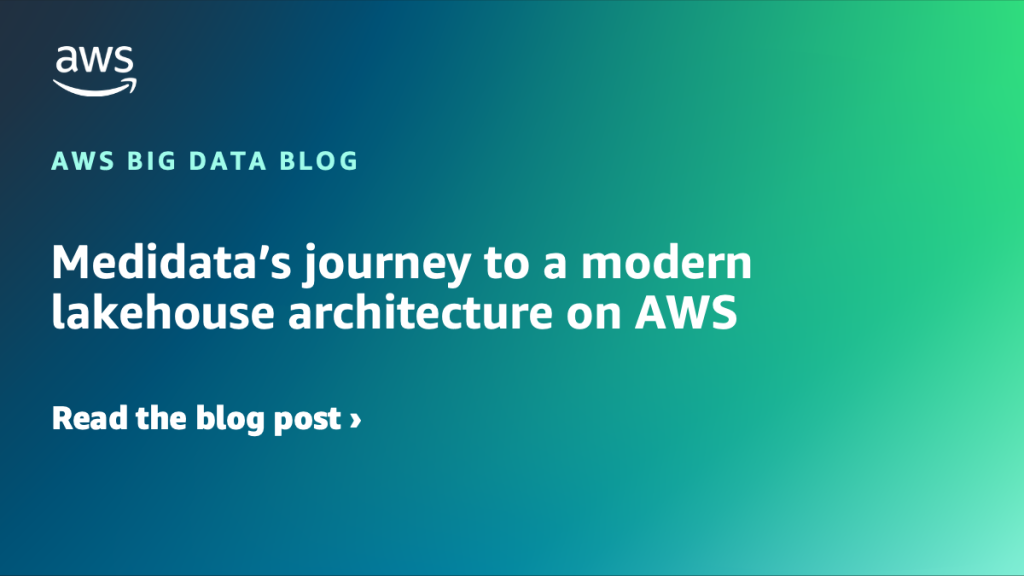AWS Big Data Blog
Category: *Post Types
How Socure achieved 50% cost reduction by migrating from self-managed Spark to Amazon EMR Serverless
Socure is one of the leading providers of digital identity verification and fraud solutions. Socure’s data science environment includes a streaming pipeline called Transaction ETL (TETL), built on OSS Apache Spark running on Amazon EKS. TETL ingests and processes data volumes ranging from small to large datasets while maintaining high-throughput performance. In this post, we show how Socure was able to achieve 50% cost reduction by migrating the TETL streaming pipeline from self-managed spark to Amazon EMR serverless.
How Bayer transforms Pharma R&D with a cloud-based data science ecosystem using Amazon SageMaker
In this post, we discuss how Bayer AG used the next generation of Amazon SageMaker to build a cloud-based Pharma R&D Data Science Ecosystem (DSE) that unified data ingestion, storage, analytics, and AI/ML workflows.
Introducing Apache Iceberg materialized views in AWS Glue Data Catalog
Hundreds of thousands of customers build artificial intelligence and machine learning (AI/ML) and analytics applications on AWS, frequently transforming data through multiple stages for improved query performance—from raw data to processed datasets to final analytical tables. Data engineers must solve complex problems, including detecting what data has changed in base tables, writing and maintaining transformation […]
Introducing AWS Glue 5.1 for Apache Spark
AWS recently announced Glue 5.1, a new version of AWS Glue that accelerates data integration workloads in AWS. AWS Glue 5.1 upgrades the Spark engines to Apache Spark 3.5.6, giving you newer Spark release along with the newer dependent libraries so you can develop, run, and scale your data integration workloads and get insights faster. In this post, we describe what’s new in AWS Glue 5.1, key highlights on Spark and related libraries, and how to get started on AWS Glue 5.1.
Auto-optimize your Amazon OpenSearch Service vector database
AWS recently announced the general availability of auto-optimize for the Amazon OpenSearch Service vector engine. This feature streamlines vector index optimization by automatically evaluating configuration trade-offs across search quality, speed, and cost savings. You can then run a vector ingestion pipeline to build an optimized index on your desired collection or domain. Previously, optimizing index […]
Build billion-scale vector databases in under an hour with GPU acceleration on Amazon OpenSearch Service
AWS recently announced the general availability of GPU-accelerated vector (k-NN) indexing on Amazon OpenSearch Service. You can now build billion-scale vector databases in under an hour and index vectors up to 10 times faster at a quarter of the cost. This feature dynamically attaches serverless GPUs to boost domains and collections running CPU-based instances. With […]
SAP data ingestion and replication with AWS Glue zero-ETL
AWS Glue zero-ETL with SAP now supports data ingestion and replication from SAP data sources such as Operational Data Provisioning (ODP) managed SAP Business Warehouse (BW) extractors, Advanced Business Application Programming (ABAP), Core Data Services (CDS) views, and other non-ODP data sources. Zero-ETL data replication and schema synchronization writes extracted data to AWS services like Amazon Redshift, Amazon SageMaker lakehouse, and Amazon S3 Tables, alleviating the need for manual pipeline development. In this post, we show how to create and monitor a zero-ETL integration with various ODP and non-ODP SAP sources.
Run Apache Spark and Iceberg 4.5x faster than open source Spark with Amazon EMR
This post shows how Amazon EMR 7.12 can make your Apache Spark and Iceberg workloads up to 4.5x faster performance.
Apache Spark encryption performance improvement with Amazon EMR 7.9
In this post, we analyze the results from our benchmark tests comparing the Amazon EMR 7.9 optimized Spark runtime against Spark 3.5.5 without encryption optimizations. We walk through a detailed cost analysis and provide step-by-step instructions to reproduce the benchmark.
Medidata’s journey to a modern lakehouse architecture on AWS
In this post, we show you how Medidata created a unified, scalable, real-time data platform that serves thousands of clinical trials worldwide with AWS services, Apache Iceberg, and a modern lakehouse architecture.
